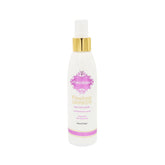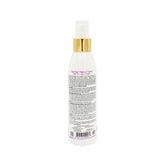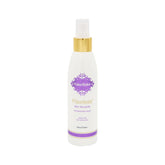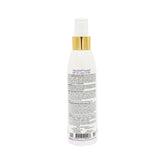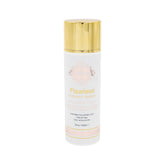Self-Tanning for Sensitive Skin - Info & Advice
We are all unique, as is our skin and its reaction to self-tanning. Some of us can have negative, allergic-type reactions to self-tanning formulations, resulting in rash and itchiness called contact dermatitis. This could be caused by a number of things - which makes it frustrating because you often can't be sure what you're reacting to - like perfume, alcohol or even DHA ( dihydroxyacetone), the chemical coloring agent in fake tanning formulations.
Reportedly, only about two in every 100,000 people are actually allergic to DHA, whether in natural or synthetic form. So usually, it's something else in the product that you are reacting to. Some tanners contain a bronzing color guide, intended to help show you where you've already applied the formulation, and it might be this color guide that's causing the reaction.
One should remember, however, that skin itself is a very dynamic organ of our body, and the way it responds to chemicals can be affected by the individual's diet, exercise and lifestyle in general. If you are prone to acne or dryness, these issues can definitely be aggravated by self-tanning formulas. It may take some experimentation to find instant tan and face tan products that work for your skin.
Precautions to Take with Sensitive Skin
Regardless of what's causing the dermatitis, here are some suggestions for those with sensitive skin.
1. Before using a self-tanner of any sort, do a patch test in a small, discreet area like behind the ear or inside of arm-wait 24 hours-if irritation occurs, discontinue use.

2. Make sure that whatever self-tanning lotion, gel, serum, water or mousse you use is of a quality you can trust. Choose reputable retailers who stand behind their products. Experts seem to agree that using products with more natural ingredients may decrease the chances of irritation. Also, avoid products that contain alcohol. Low-alcohol Fake Bake products that are sensitive-skin-friendly include:
- Original Self-Tan Lotion
- Fair Gradual Self-Tan Lotion
- Flawless Coconut Tanning Serum for Face and Body
- Double-Shot Espresso Darkest Formula
- The Face Anti-Aging Self-Tan Lotion with Matrixyl-3000
- Flawless Mousse
- Tanning Water
3. Before applying your fake tan solution, make sure that you've followed all the steps recommended to prepare your skin.
4. Take care of your skin after the fake tanner has been applied, including moisturizing with a light, oil-free moisturizer like Fake Bake Oil-Free Mistifier Body Spray, which contains soothing, protective aloe vera and antioxidants. Also, those with sensitive skin should use an especially non-abrasive exfoliator afterwards to minimize irritation.
Remember that most self-tanning formulas do not contain sunscreen, so you will need to take necessary precautions to protect your skin if you'll be spending time outdoors.

What To Do If Your Skin Reacts
If you develop a rash, wash off any self-tanning lotion or formula still on your skin as soon as possible to prevent further reaction. Use lukewarm - not hot - water and a soap you know has never irritated your skin. Then try spreading aloe vera or calamine lotion over the area to reduce the inflammation.
Also, if you slept with the self-tanning lotion still on your skin, wash the sheets because the formulation may have left residue that will continue to irritate your skin if you use the same sheets. It is also helpful to avoid constrictive clothing. Give your skin space to breathe and recover after becoming inflamed.
You know your own skin better than anyone, so take the time to give it the care it needs at all times - especially when trying sunless tanning. With a little persistence and patience, you'll find what works best to keep you and your skin feeling beautiful and healthy.

